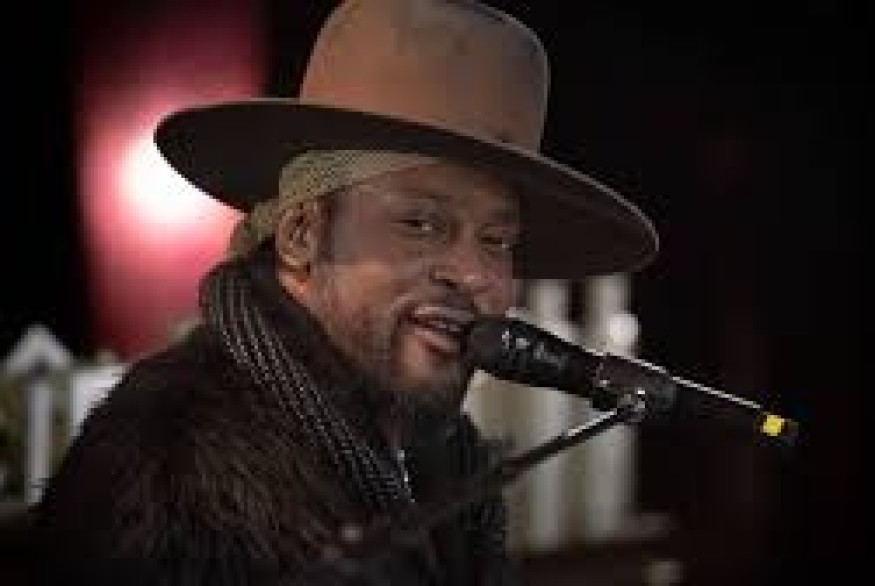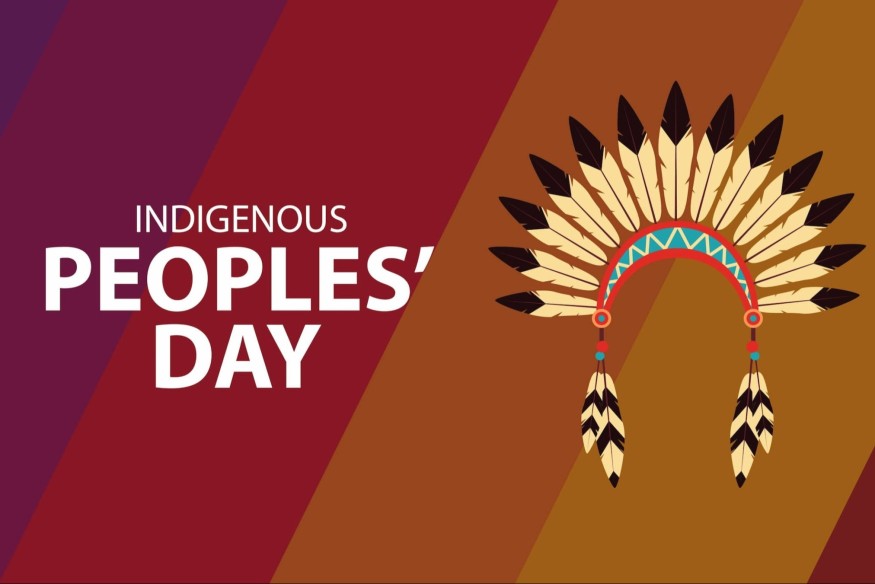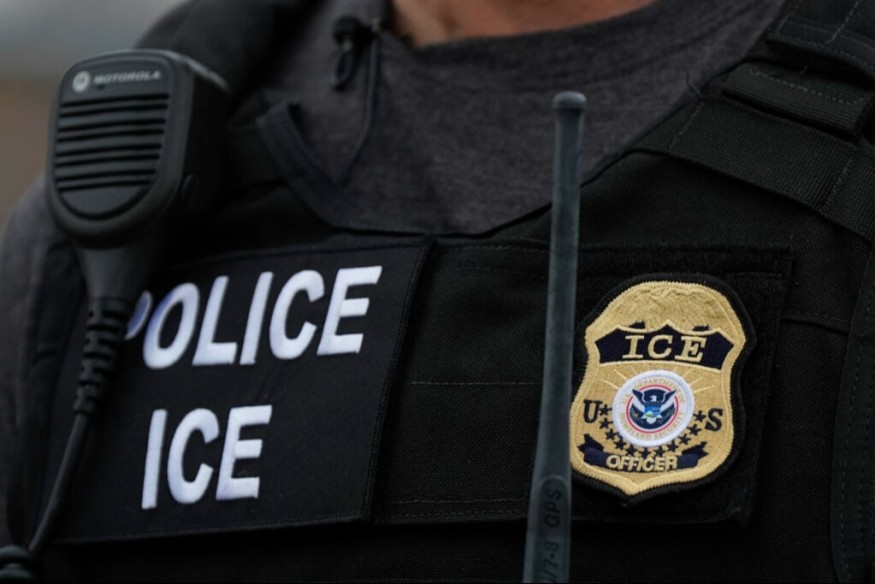
April 18, 2025
Crack the Mystery: The Colorful History (and Fun) of Easter Eggs
Every spring, families around the world huddle around kitchen tables, armed with cups of dye, spoons, and cartons of eggs, ready to create a kaleidoscope of Easter magic. But have you ever stopped mid-dip and wondered—why are we coloring eggs in the first place?
A Tradition Older Than Chocolate Bunnies
The tradition of dyeing and decorating Easter eggs is more ancient than you might think—older than Peeps, plastic grass, and definitely older than the modern Easter Bunny. In fact, its origins are so old, they’re a bit scrambled (pun very much intended). Historians can’t pinpoint exactly where it began, but we do know this: both the Eastern Orthodox and Western Christian churches were cracking open this tradition as far back as the Middle Ages.
Back then, the church had a strict no-egg policy during Holy Week. But here’s the twist: chickens didn’t get the memo. They kept on laying. Rather than let these eggs go to waste, people began setting them aside, marking them as special—Holy Week eggs. And what better way to identify them than by decorating them?
Thus began a beautiful tradition that would become a symbol of hope and renewal.
The Egg as a Symbol of Resurrection
Beyond just being a handy food item, the humble egg came to represent something deeply spiritual. As Jesus rose from the tomb, so too does new life emerge from the egg. It's a powerful symbol of the Resurrection—life emerging from something that appeared sealed and lifeless.
In the Eastern Orthodox tradition, this symbolism gets a vivid treatment: eggs are dyed a deep, striking red to symbolize the blood Jesus shed on the cross. That bold color and its meaning are still honored today in Orthodox households around the world.
From Ancient Rituals to White House Rolls
Fast forward to modern times, and the egg-decorating tradition hasn’t just survived—it’s thrived, even in largely secular cultures. In the United States, one of the most egg-cellent displays of this tradition happens on the White House lawn. Since 1878, (with a few interruptions thanks to wars and renovations), the White House Easter Egg Roll has been a post-Easter Monday staple, bringing together kids, families, and even Presidents for a good old-fashioned egg roll race.
It’s a far cry from the solemn symbolism of red Orthodox eggs, but it’s a joyful celebration of community, tradition, and, of course, candy.
Egg-citing Ideas for Your Basket
Looking to breathe some new life into your own egg-dyeing tradition? Here are a few creative twists:
-
Natural Dyes: Use red cabbage, turmeric, or beets to create beautiful, earthy tones.
-
Marbled Eggs: Add a little oil to your dye for a mesmerizing marble effect.
-
Message Eggs: Use a white crayon to write messages or blessings on the shell before dyeing—they’ll appear like magic!
-
Keepsake Eggs: Blow out the contents of the egg and paint the shell for decorations you can save year after year.
Cracking the Code of Tradition
Whether you dip them in food coloring, roll them across the White House lawn, or simply eat them deviled at brunch, Easter eggs carry a legacy that spans centuries and cultures. They are more than just symbols of spring or Easter fun—they're little orbs of history, faith, and creativity.
So next time you reach for that egg-dyeing kit, remember: you're not just decorating—you’re carrying on an ancient tradition that has cracked open countless smiles through the ages.




Comments(0)